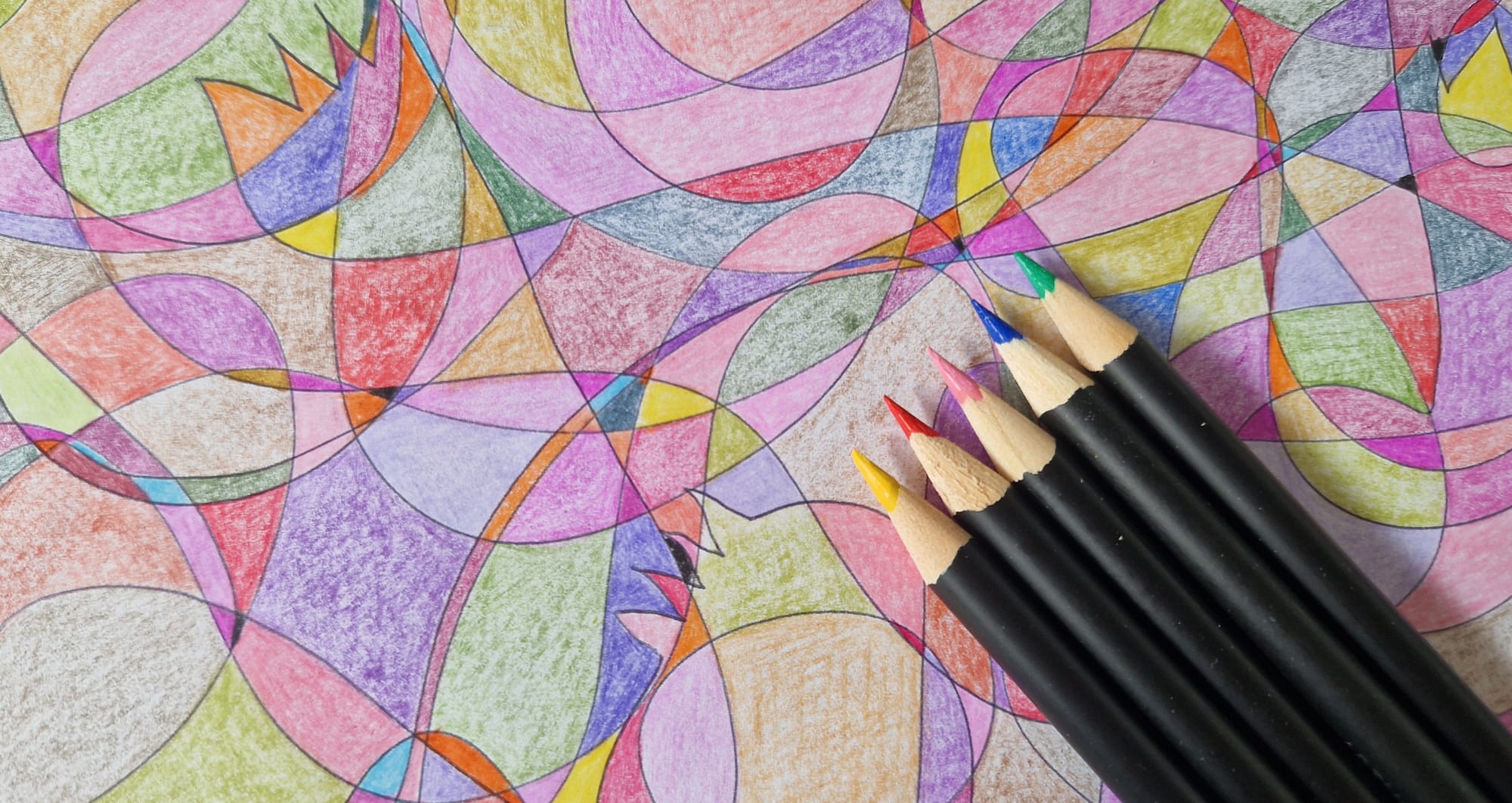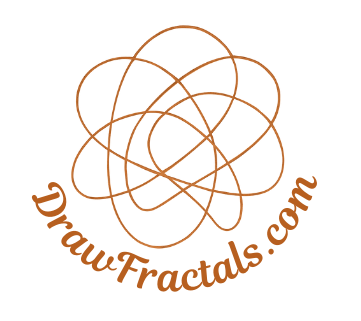What are fractals
Fractals are more than shapes, they are the hidden language of nature, showing us how the universe builds harmony from simple patterns.
Fractals are complex patterns that repeat themselves on different scales, often described as “infinite geometry”. Unlike traditional shapes in mathematics, fractals are self-similar: if you zoom into a small part of a fractal, you will find the same structure repeating again and again.
This principle can be observed in nature for example in the branching of trees, the structure of clouds, the spiral of shells, the shape of mountains, the shape of a broccoli, in shape of snowflakes, the neural networks of our brain and even in the patterns of rivers and coastlines.

Fractals demonstrate how simple rules can generate infinite complexity. They are studied in mathematics, computer graphics, and physics, but they also inspire artists, spiritual seekers, and meditators because of their beauty and symbolic depth.
Just as we can find the golden ratio - the divine proportion of creation - in the body and within it, we can also find the principle of fractality. Our body itself is a great fractal, reflecting the whole Universe. When we look deeper, we realize that our thoughts and emotions are also parts of the same fractal.

By drawing fractals, we depict a part of ourselves as a fragment of a greater whole. A diagnostic drawing reflects our present state, yet it also carries information from the past and the future. In corrective drawings, by changing the relationship between lines and colours, we begin to change our everyday life.
